Your garage door may be malfunctioning. The springs that hold up garage doors are often the source of many difficulties. The door’s weight is supported by torsion and extension springs when it goes up or down. For this reason, it’s essential to know what to look for when it comes to a broken garage door spring.
Table of Contents
1. The Garage Door Is Unbalanced
It is possible that the balancing problem is to blame for any alterations in the operation of your garage door. Symptoms include sluggishness or a Lack of Pace While Opening and Closing the door. Extra pressure may wear down and harm new garage door springs, even if a broken spring isn’t directly to blame for the balancing issue.

The Garage Door Is Unbalanced
2. The Garage Door Stops After 6 Inches Of Movement.
The total weight of the door is supported by the door’s torsion springs. In other cases, the door may not raise to the entire height of the opening, often no more than six inches from the ground. It’s also possible that the safety system is to blame; if the sensors are working properly and nothing is blocking them, go on to the springs. The additional force may be causing the safety systems to activate and prevent further harm.
3. The Garage Door Is Closing Too Quickly.
You are probably used to a specific pace for your garage door to close, so anything faster than that is strange. The door’s weight is too much for the cables and springs to handle. Thus they must be replaced. They depend on the springs for their stability. This might indicate that springs aren’t performing correctly if they drop quicker than usual.
4. The Door Falls Too Quickly.
The weight of the door and a faulty spring might hinder a garage door from operating at a steady pace. Some of the repercussions include the door slamming shut to the ground.
5. About A Half-foot Of The Garage Door Is Raised Before It Stops.
One of the most typical problems is a slow-moving garage door that eventually stops and reverses direction. This might happen if the opener’s motor has a malfunction. Alternatively, it might Indicate That The Springs Are Broken.
Close the garage door and pull the emergency release rope to see whether the problem is with the springs. Then, raise the door on your own and see whether it works. This indicates that the springs are damaged if it is pretty heavy.
6. Gaps In Springs
If you have seen the spring but didn’t realize how important it was to the operation of your garage door, then the gap you observe has significance.
Eventually, a spring’s coils begin to unravel, which leaves a hole in the center of the spring. There may be a 1′′ to 2′′ stretches in the length of this chasm. Compression in the spring is causing the metal to be pushed away from it, as can be seen above.
Contact a professional immediately if you find a gap in spring on either side. If you aren’t familiar with fixing things like this, don’t even try. There is a risk that you may inflict extra harm on your door.
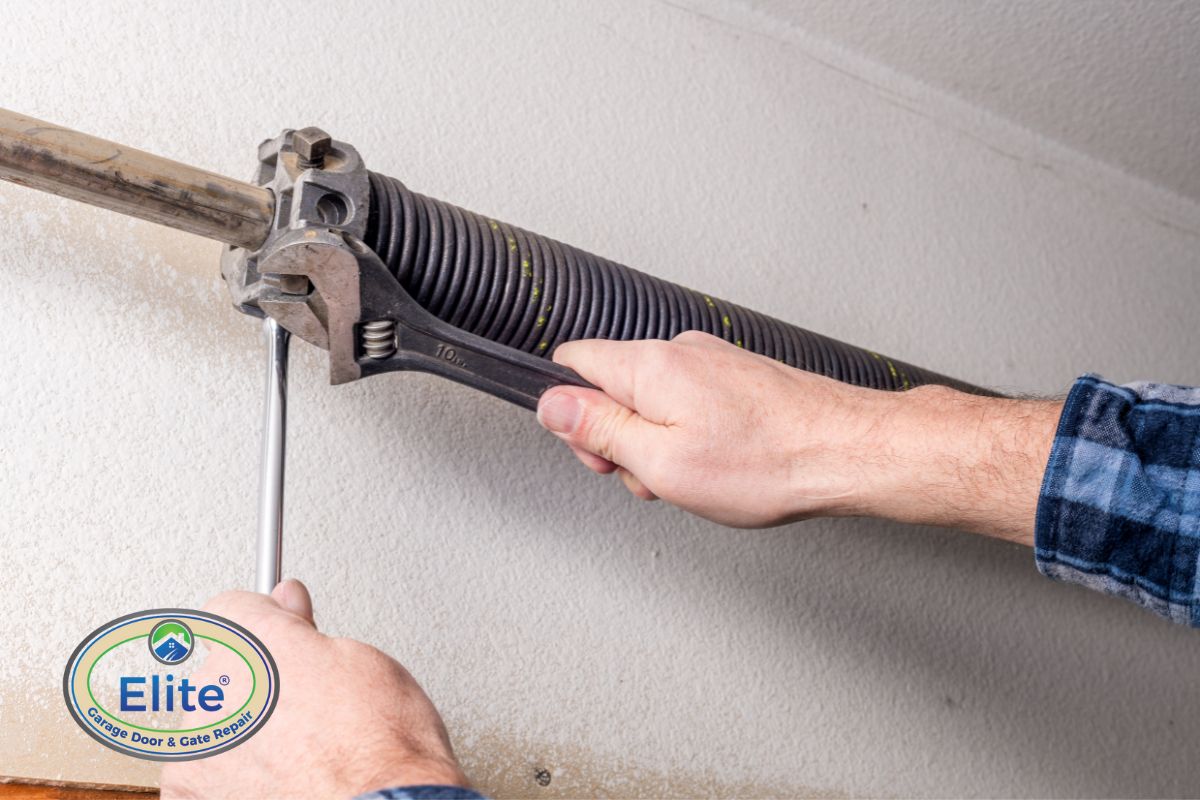
Gaps In Springs
7. The Garage Door Opens And Closes On Its Own.
In a two-spring system, if the door moves in a stop-and-start manner, that might indicate that one of the springs is broken. Garage door openers with just one spring may be unable to raise heavy doors. In other words, the opener’s jerking motions may signify trouble.
Another possibility is that the lubricant is out of date. Put some lubrication on the hinges, rollers, and pulleys. A garage door repair service might be called in when everything else fails.
8. Noise
Energy may be dispersed if torsion springs are broken or torn apart because they spin. As a result, a loud noise is produced.
Many folks hear a big boom in the garage and immediately assume it is something else. There is a distinct difference between a smashed window and a shattered storage box.
A damaged torsion spring might be the source of this startling noise. There is a loud blast and a rapid unraveling in less than a second. The idea of a spring break is not appealing to those who have never experienced it. However, this should serve as your first clue.
9. Hanging Pulleys Or Cables
Cables are often believed to be the only mechanism responsible for garage door opening and closing. When a garage door includes extension springs, cables are almost always present.
It is necessary to use lengthy, pulley-like cables with extension springs. The door is raised and lowered using this pulley-like mechanism. However, if the extension spring fails, cables will fly everywhere.
As springs wear out, the cables might become loose and fall out of position, making them difficult to use. Keep an eye out for loose wires.
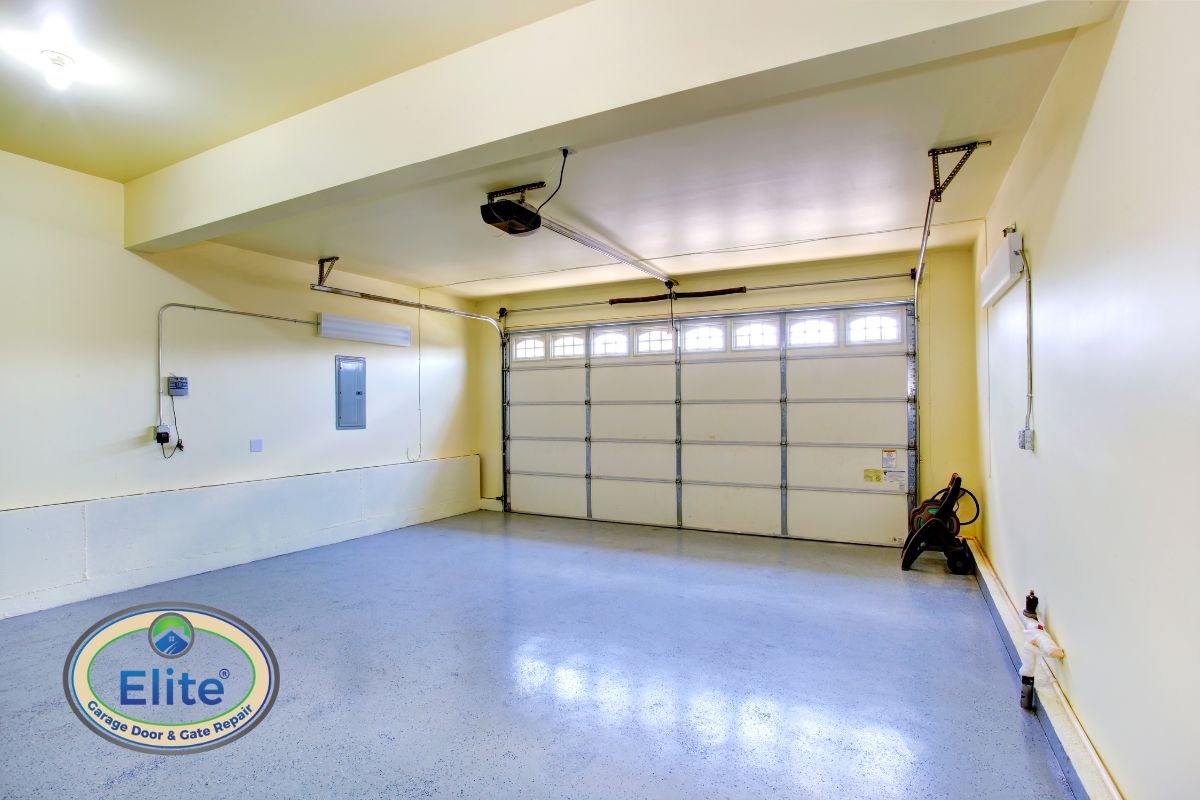
Hanging Pulleys Or Cables
Bottom Line
The garage door protects one of your home’s most crucial storage locations. In addition, it achieves all of this with little to no downtime and no need for maintenance. The system’s springs are a critical component. A spring’s job is to oppose gravity so that you or the opener can quickly raise the door.



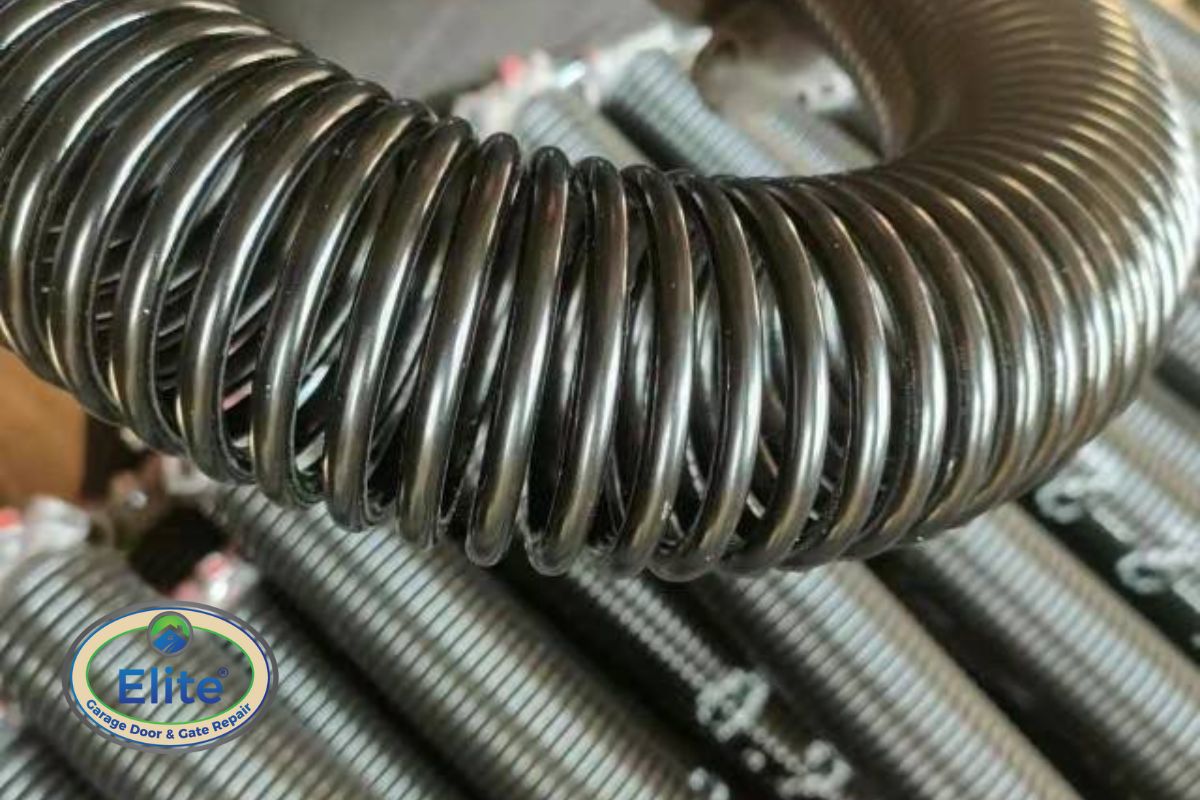



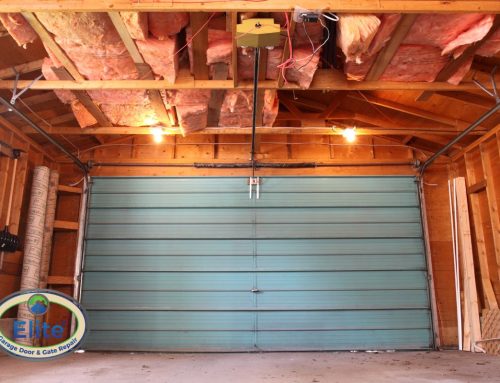
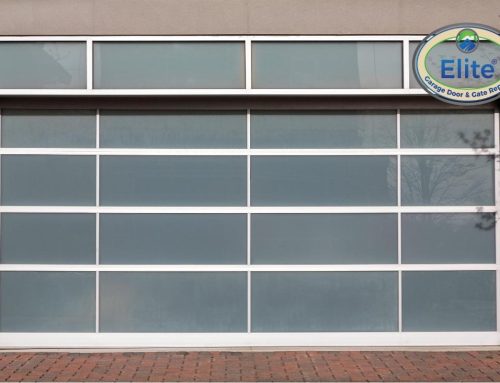
Leave A Comment